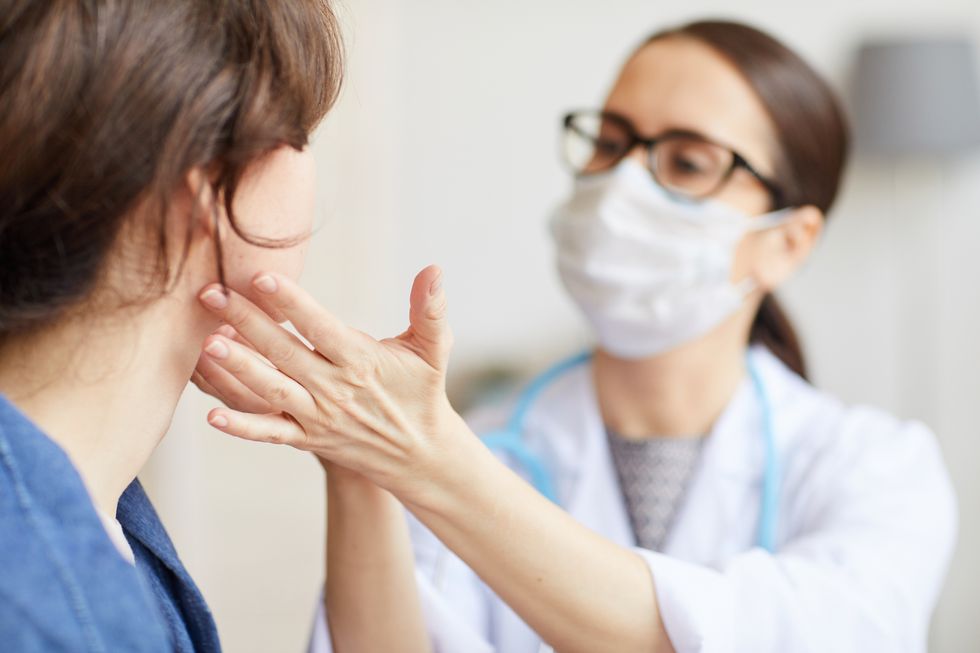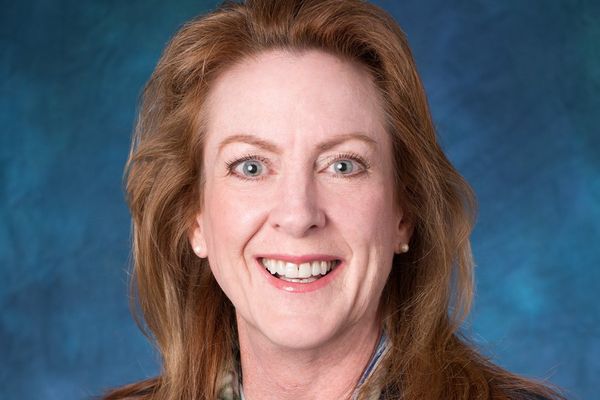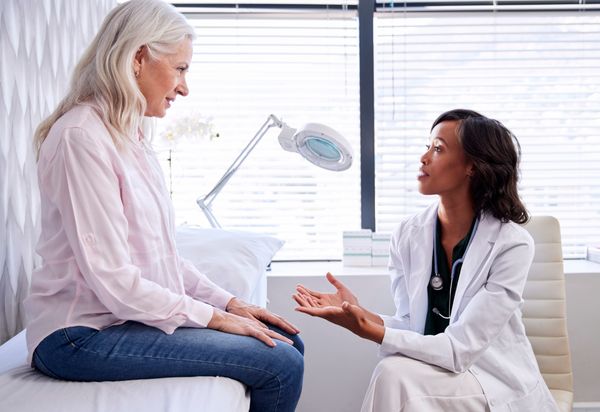By Rebekah Rollston, Tufts University and Margot Savoy, Temple University
What happens when a pandemic brings in-person visits with your doctor to a grinding halt? While the world grappled with managing COVID-19, millions found routine appointments – for vaccines, pap smears, mammograms, colonoscopies or other chronic disease management – deferred or canceled. Now, as U.S. coronavirus incidence appears to level offand states begin to reopen, many are wondering when they can safely return to their doctor's office. This is especially important as it pertains to childhood vaccinations, as vaccination rates declined across the U.S. throughout this first surge of the pandemic.
It's clear that the coronavirus is here to stay, at least for a while. Epidemiologists predict another surge this fall, with more over the next two years. But during that time, people will still need to see their doctors for preventive care. As physicians specializing in family medicine, we can offer some suggestions to make that safer.
Optimize use of technology
During the pandemic, technology has already begun to play an increasingly critical role in health care. Telehealth – meeting up with your doctor via telephone or online – obviously eliminates the risk for COVID exposure and transmission.
But telehealth won't work unless patients have the tools to optimize these visits. First, everyone must have affordable access to internet with video capabilities. Next, we must guarantee first dollar insurance coverage for scales, glucometers, and home blood pressure monitors; this means insurance companies pay for these devices without patients first meeting a deductible. Not only will these steps keep patients healthy and avoid the coronavirus, but ultimately, they will reduce overall health care costs.
Population health management
Within the U.S. health care system, population health management – the process of improving health outcomes through better care coordination and health care finance models – has historically been quite poor. But it doesn't have to be that way.
There are ways to make it better. Providers can use electronic medical records to generate lists of patients due for vaccines, cancer screenings and chronic disease management – which covers conditions like asthma, diabetes, hypertension, congestive heart failure and chronic obstructive pulmonary disease. Reviewing clinic-wide data can also help providers identify where to dedicate more time and resources. For example, should the data show lagging vaccine rates, the clinic could make vaccinations its focus for the next month.
Create a safe in-clinic experience
As useful as the new technology is, it won't completely eliminate the need for in-person visits. Because of limited COVID-19 testing in the U.S., as well as the limited accuracy of those tests, it is not possible to truly know who has COVID-19 and who does not. Fortunately, patients and staff can still be protected from exposure while delivering high-quality care in a warm and welcoming environment. Primary care physicians may want to consider the following:
- Continue rigorous infection control. Physicians have focused on hand-washing and proper cleaning of exam rooms and equipment for decades. All that preparation is paying off.
- Screen and triage. Providers may consider combining in-person and telehealth visits. In-person visits may include well-child exams, pap smears, colposcopies (for abnormal pap smears), mammograms, colonoscopies or other cancer screenings; the remainder of the visit would be conducted via telehealth. Or should a patient be sick with a cold or virus, providers may manage symptoms via telehealth to limit exposure to staff and other in-person patients.
- Manage patient volume and flow carefully. As clinics reopen, maintaining physical distancing remains crucial. This means limiting the number of patients in the waiting room, reducing the number of visitors who accompany patients and streamlining how visits are conducted to reduce touch points.
- Protect the vulnerable. The oldest and sickest patients, along with those whose immune systems are suppressed, should generally be scheduled early in the morning. That's when waiting and exam rooms are the cleanest and with the least risk for COVID-19 exposure.
Patients will want to remember:
- Be flexible. New technology, like telehealth, can be unsettling. Try a videoconferencing visit to see if this helps with feeling "seen." Register for the clinical practice portal so you can communicate with your doctor via email.
- Be proactive. If you are due for vaccines, cancer screenings or chronic disease management, call your doctor to inquire if an in-person or telehealth visit is indicated.
- Help keep the clinical space safe. If you have a fever or feel ill, notify your doctor beforehand. Be cooperative with the temperature check and screenings at clinic entrances, and wear a mask or face covering at all times. Dispose of used tissues in proper receptacles, and clean your hands.
It could be a challenging fall and winter. As the U.S. enters this initial lull, we must maximize vaccinations, screenings and chronic disease management ahead of time. We can harness the lessons learned from the pandemic's first wave, including a robust demonstration of the critical value of primary care physicians in maintaining a community's health. The foreseeable future holds great uncertainty, but this is abundantly clear: The adaptability of health care providers and patients alike will be key to navigating the complex intersections of preventive care, chronic disease management and COVID-19 transmission.
[You need to understand the coronavirus pandemic, and we can help.Read The Conversation's newsletter.]
Rebekah Rollston, Clinical Associate, Tufts University and Margot Savoy, Department Chair & Associate Professor, Family & Community Medicine, Temple University
This article is republished from The Conversation under a Creative Commons license. Read the original article.







